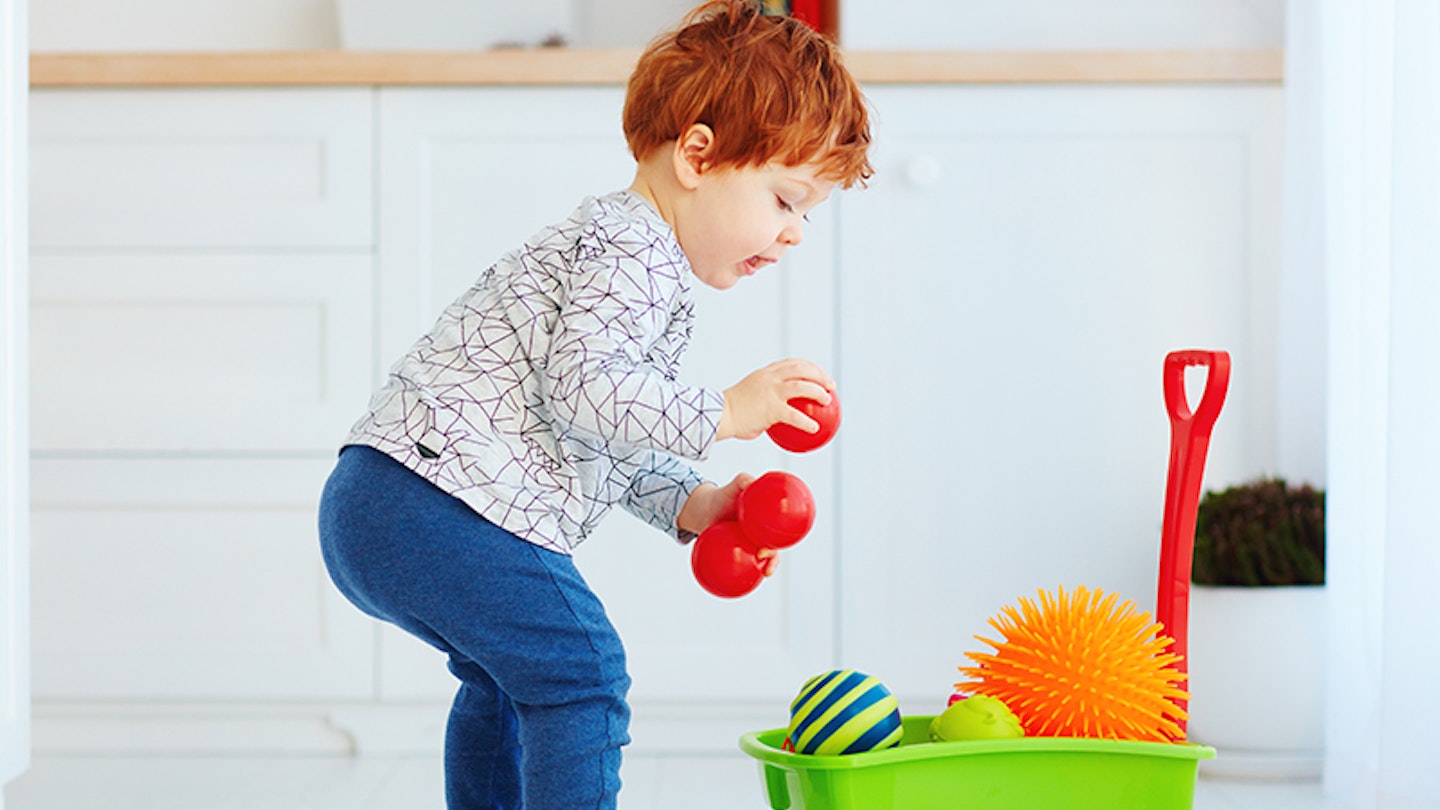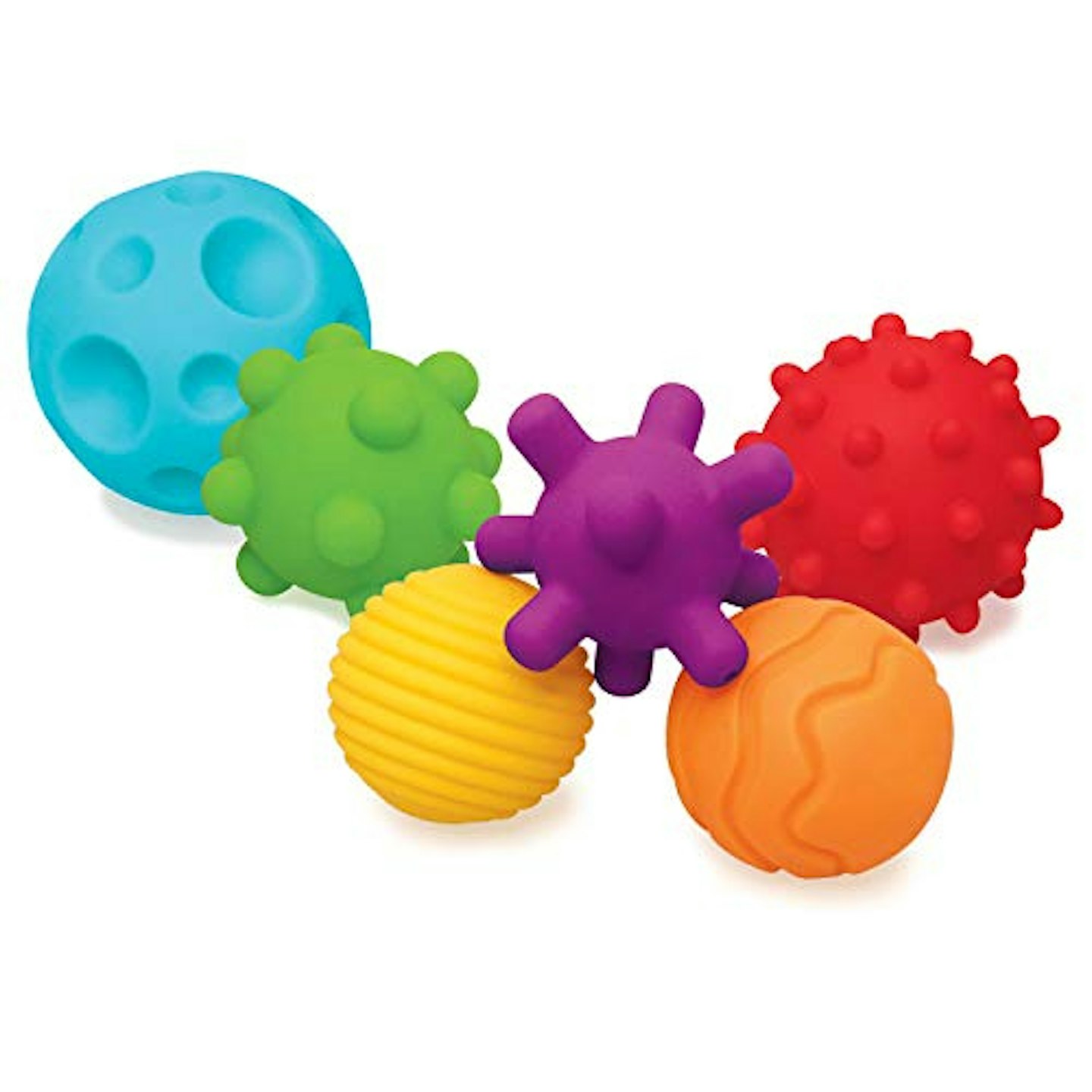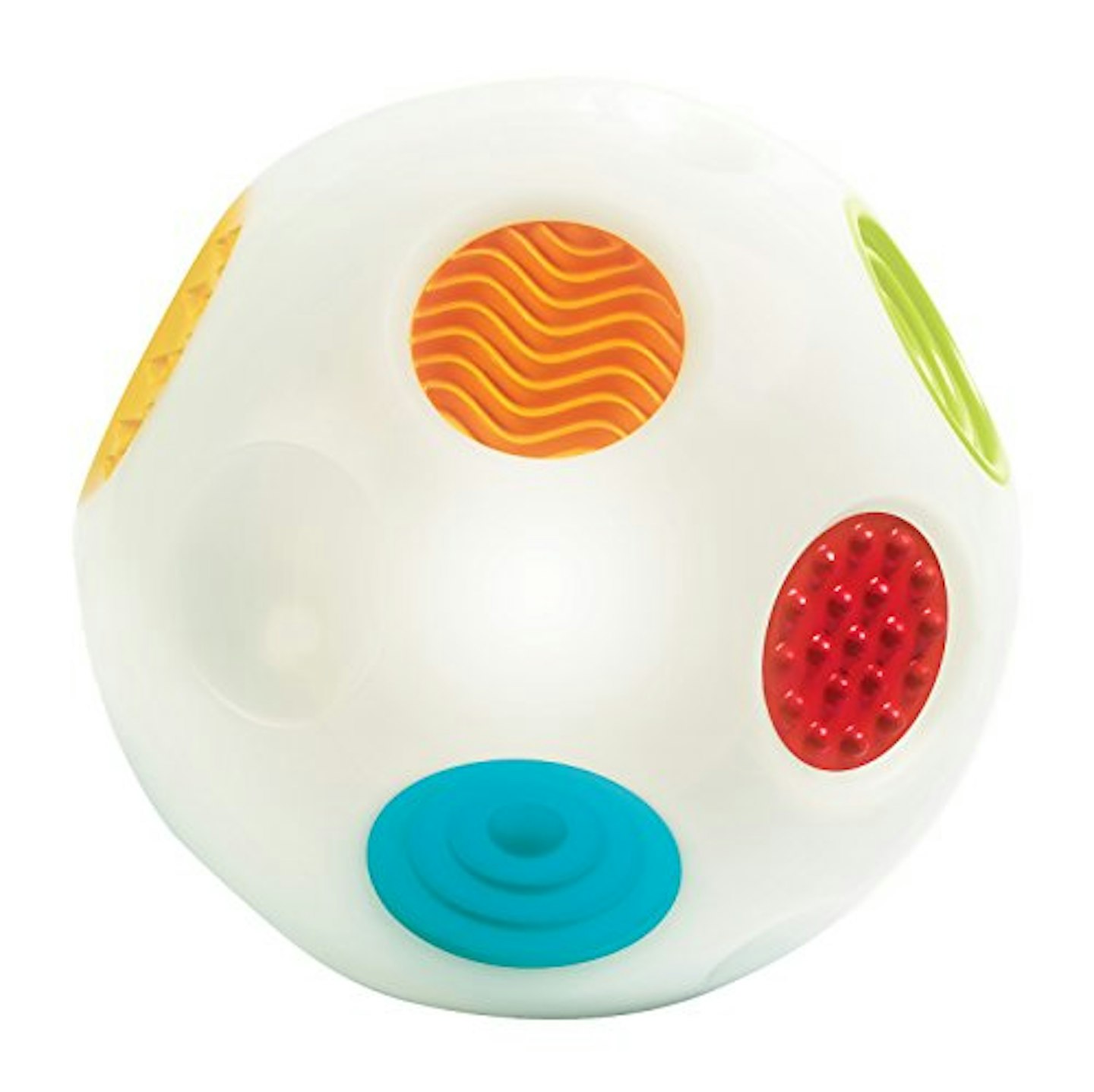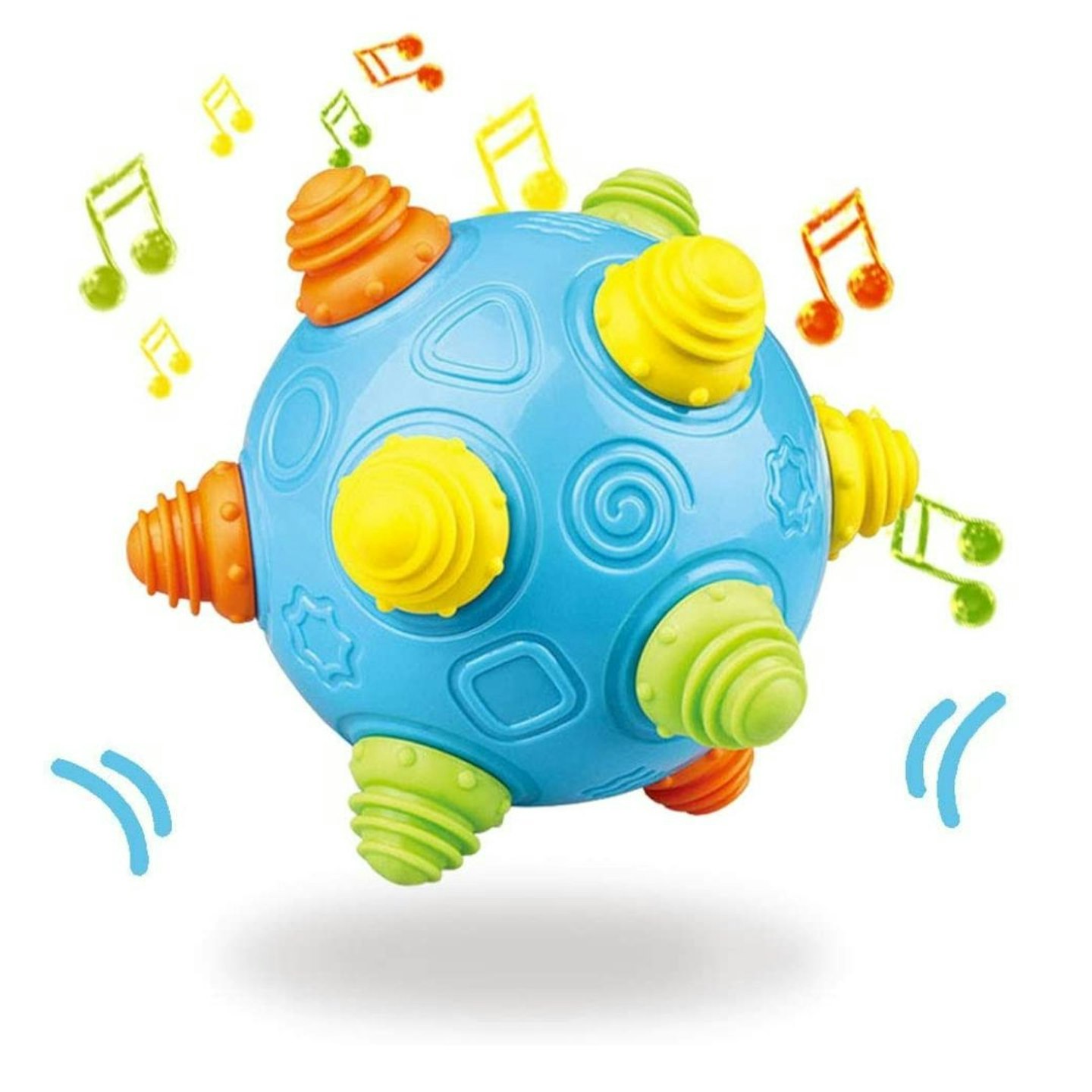Did you know that motor skills begin to develop after birth? Before you start encouraging your child to walk, run or even brush their teeth, using sensory balls for babies will provide a foundation for physical activities.
What are sensory balls?
They may not look like much, but sensory balls are a brilliant opportunity to encourage your child’s fine and gross motor skills. They’re also great for concentration, hand-eye coordination, tactile awareness, visual tracking and more.
Sensory balls typically come in a variety of textures, sizes, shapes, weights and colours and provide numerous play options. They can be bounced, rolled, thrown, caught and more.
Sensory balls for babies to buy
There are lots of choices when it comes to sensory balls, so we’ve rounded up our favourites to help you out.
With six different pieces, your baby will have a variety of options to choose from with this set which encourages them to explore and help with tactile development. They're easy-to-grab and BPA-free, so suitable for teething tots.
Suitable from: 6 months
Review: “Bought this for my 6 month old baby as he loves chewing on everything at the moment. He loves the different shapes and throwing them around. Lovely quality - I was worried about them not being suitable due to other reviewers saying they had a funny smell however the ones I received smell fine and are easy to keep clean with hot soapy water. Lovely sensory toys for a good price."
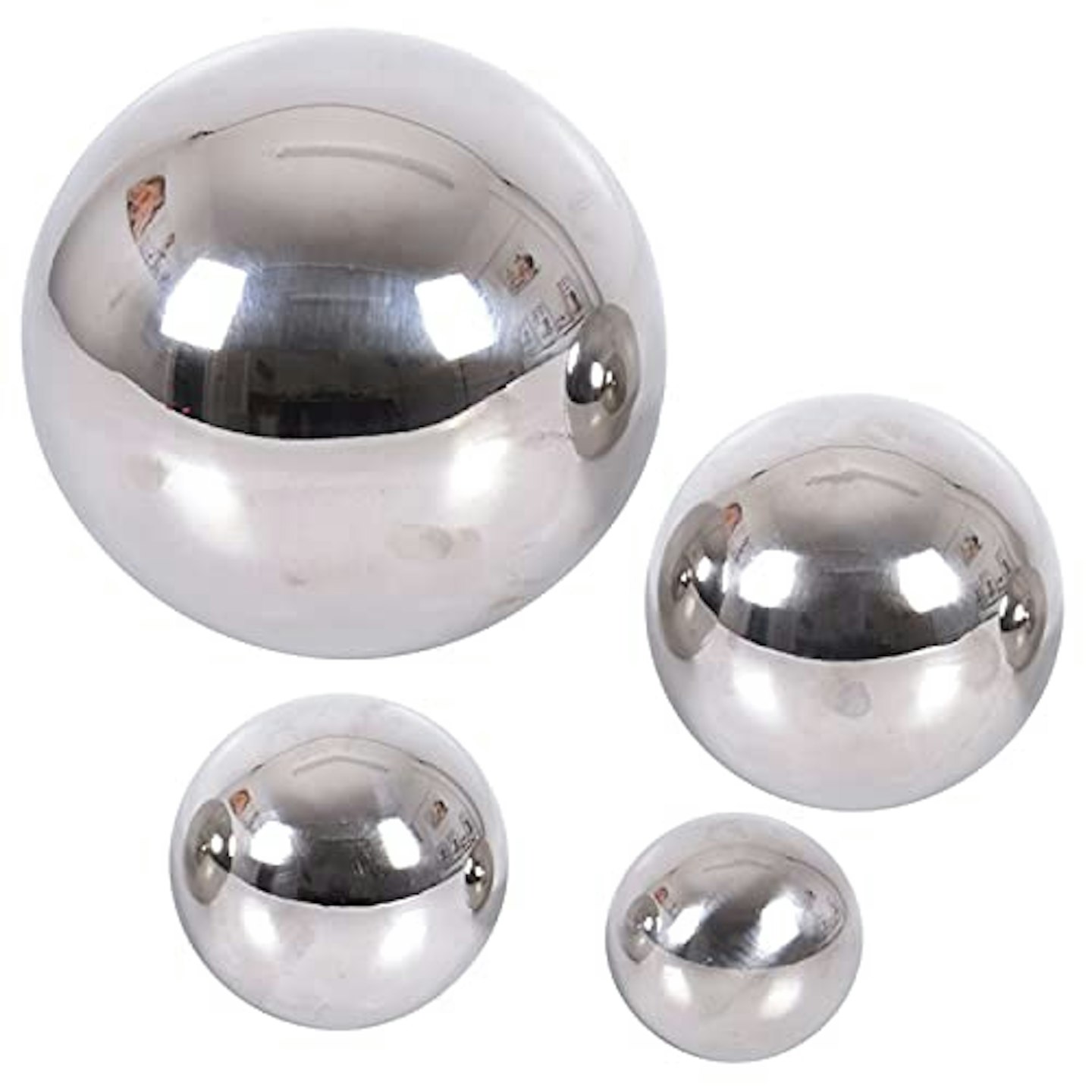
The stainless steel construction of these four silver balls makes them robust and highly durable, whilst still being lightweight enough for children to carry and hold them. With each ball getting smaller in size, they have a smooth silvery mirrored surface, allowing your tot to experience a distorted reality as though looking through a wide angled lens.
Suitable from: birth
Review: “Got it for my baby when he was 9 months old, he’s now 12 months and not only do these get played with every day, my 3 year old and any friends that visit gravitate towards these balls too. The little one loves looking at them, rolling them and the recent favourite is throwing them on the kitchen tile as they make an amazing sound gently bouncing off a hard surface. Definitely recommend.”
This soft rainbow ball has several textured areas for sensory learning. Your toddler simply has to roll the ball to activate melodies and lights and when it stops, you'll hear the name of the glowing colour.
Suitable from: 9 months
Review: “The ball is a good size, not too big or small or heavy either. It's a ball that can be held firmly in both hands. It has a smooth matte feel to it. Each colour spot has a different texture for the baby to feel. When you switch the ball on via the small orange switch, and you tap each colour spot, the ball will light up, music/sounds will come out. The colours are really nice as it's not very bright to irritate my babys eyes. My baby really enjoys playing with this. You can remove and replace batteries therefore hours, days, months of play.”
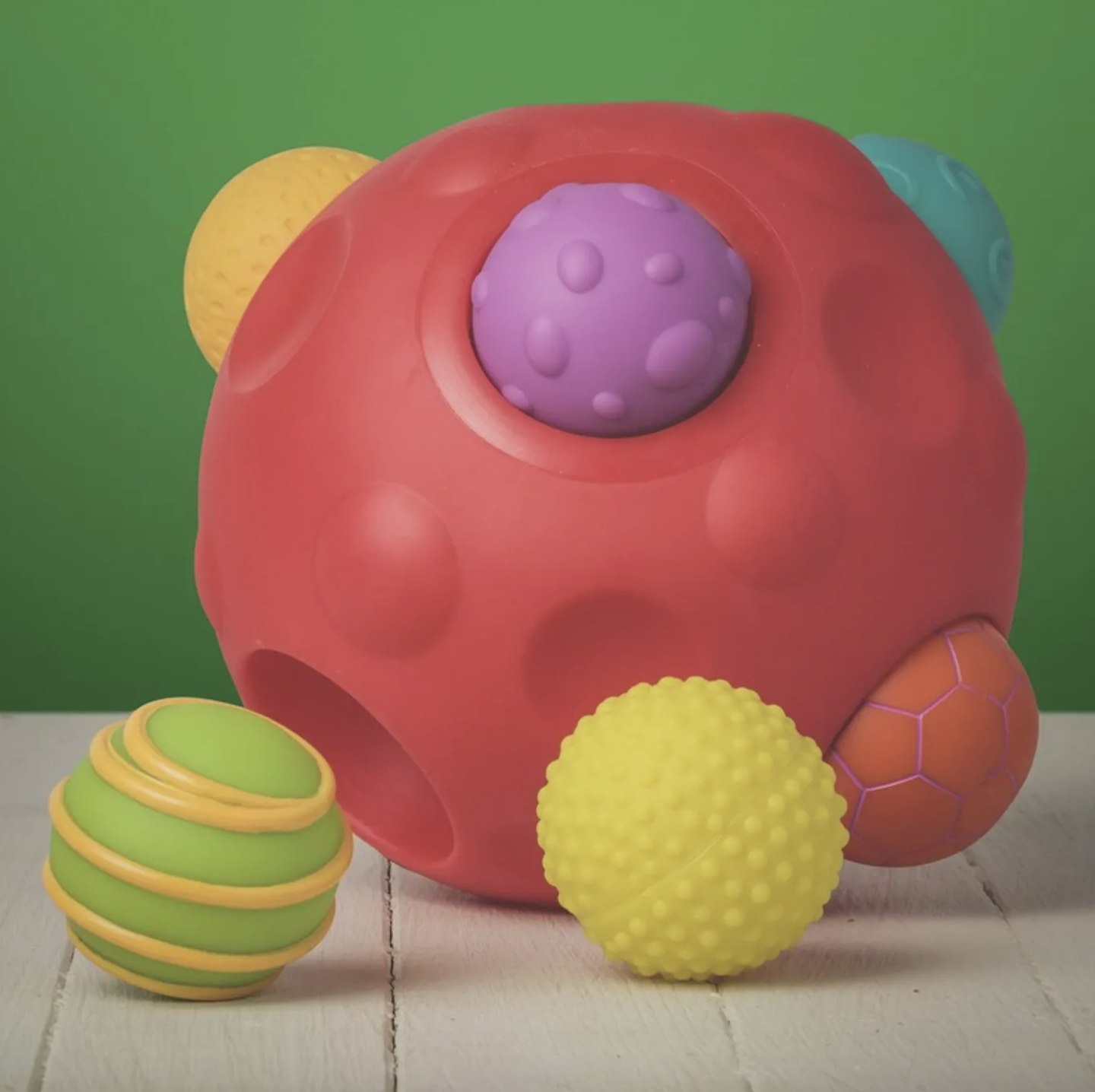
www.sensorydirect.com
This soft and chunky plastic ball has six smaller balls with different textures and patterns nestled all around it that your child can pull out and pop back into the main ball.
Suitable from: 6 months
Review: "The sensory ball was so well made and such a clever idea. Great colours and textures. There are so many wonderful ideas to choose from, really glad we found this website as we have already decided on what to get him next."
This motorised bouncing ball encourages curious youngsters to jump, hop, dance, and crawl as it vibrates and rolls across the floor playing music. The chunky bumps encourage reaching, grasping, and transferring from one hand to the other while throwing the ball will help your little one to practice teamwork, hand-eye coordination and social skills.
Suitable from: 12 months
Review: "Bought this for my 7 month old to play with. It is so much fun. Actually think I love it more than him. Definitely be one of those toys that will be fun for years to come. Requires 4 aa batteries and it is quite big. But so much fun trying to hold onto it."
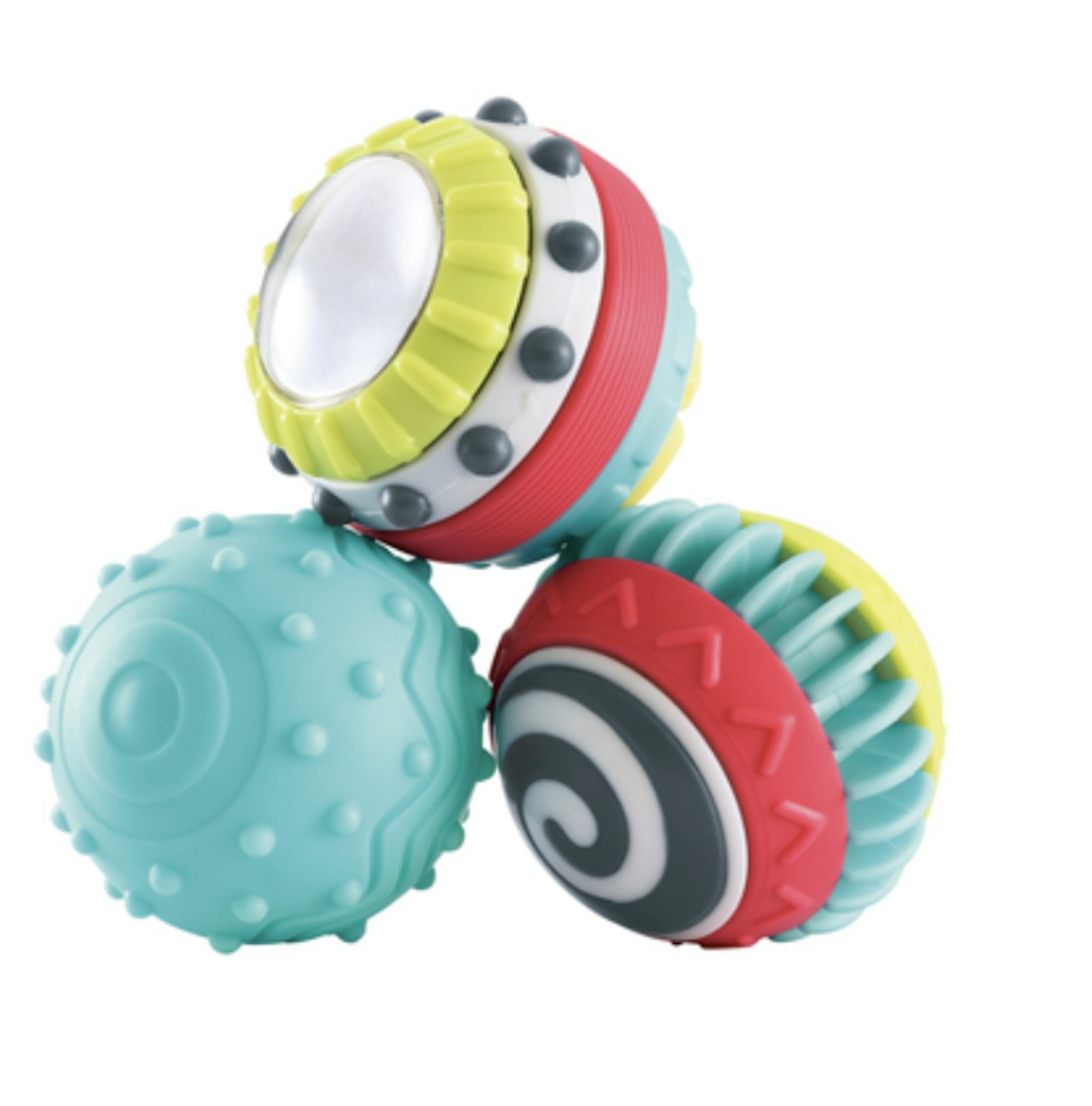
www.elc.co.uk
Perfect for small hands, this set of vibrant Sensory Discovery Balls will get your little one exploring new sounds and textures. They can shake the balls to hear a rattle or chime and feel the different textured surfaces, or look in the mirror to get to know their reflection.
Suitable from: 6 months
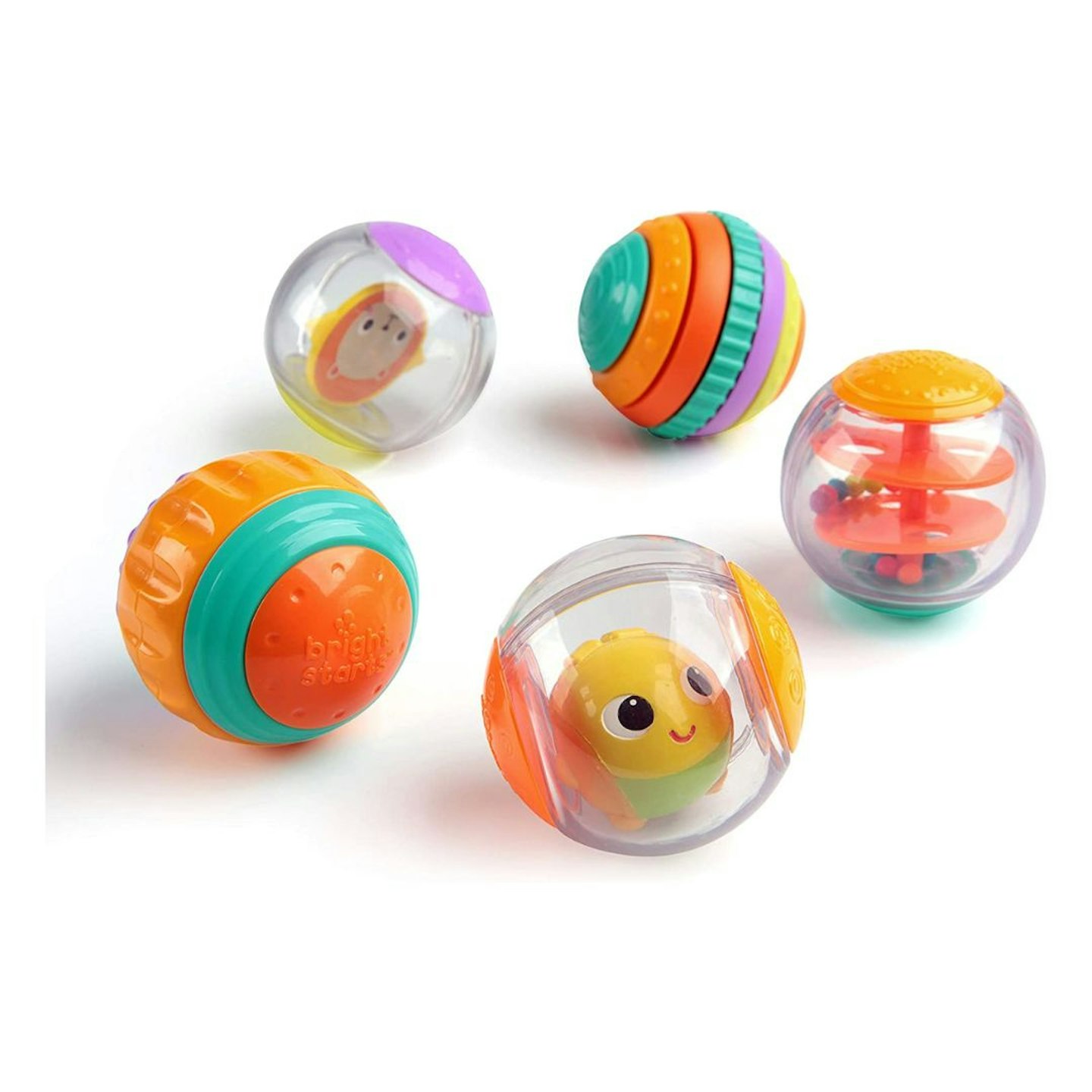
All of these sensory balls provides a unique sensory experience, encouraging the development of fine motor skills as your baby engages with each one. Each balls features a different fun activity for baby such as rattle, spinner, and ratcheting so there's there's lots to discover.
Suitable from: 6 months
Review: "Bought these for our 6-month old daughter and she absolutely loves them. There are 5 different balls in total, all vibrant colours and each with their own features. She will play will all of them, and as she has developed, she has had 'favourites' that she prefers due to the features that appeal to her at that time in her development. She still plays with them 6-months after we got them, so they have longevity. These are extremely durable and don’t feel cheap like some baby toys do."
What is the best sensory play for toddlers?
According to toy company, Lovevery, who specialise in play-kit subscription boxes for children, "Sensory activities engage the body and mind in a way that builds critical neural pathways: children do something, and the environment around them reacts, forming new connections and associations. Here are the best types of sensory play, games, and activities for toddlers:
"Painting with your feet: Lay out a long piece of paper (or smaller ones taped together) flat on the ground, and tape the ends down or weigh them down with heavy objects, like bricks or rocks. Dot the paper with washable paint or any finger paints. Use a variety of colours, but don’t use too much paint - small dollops, spaced a few inches apart, should do the trick. Invite your child to paint using their feet!
"Ice play: Simple toddler activities like transferring cubes from one container to another are still fun and engaging, and a more complex collection of ice activities are also possible now. Silicone ice cube trays make perfect cubes in various sizes and might be fun to try. Consider adding a drop or two of food colouring to your next batch of ice cubes.
"Painting with frozen paint: You can freeze washable paint (add a little water as well). An ice lolly stick or toothpick for the perfect paintbrush. Once they’re frozen, let them melt for a few minutes (this makes them easier to paint with) and give your child a large piece of paper and let them paint. They’ll enjoy how the texture changes and the colours mix as the paint cubes begin to melt."
